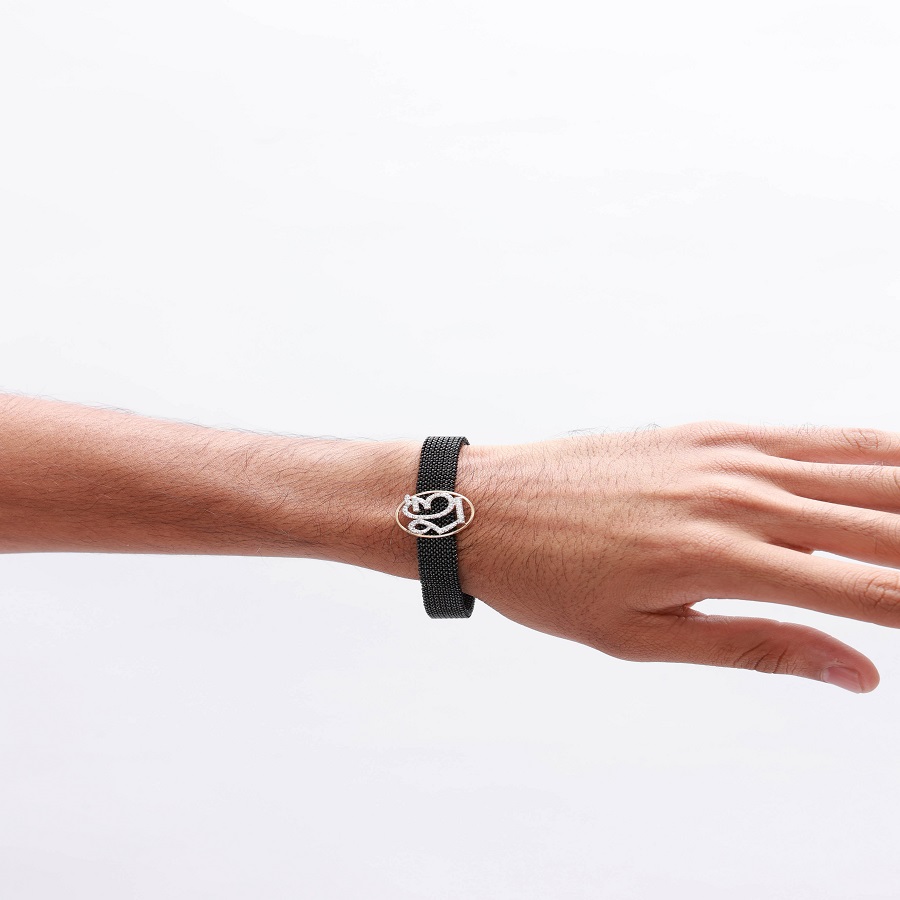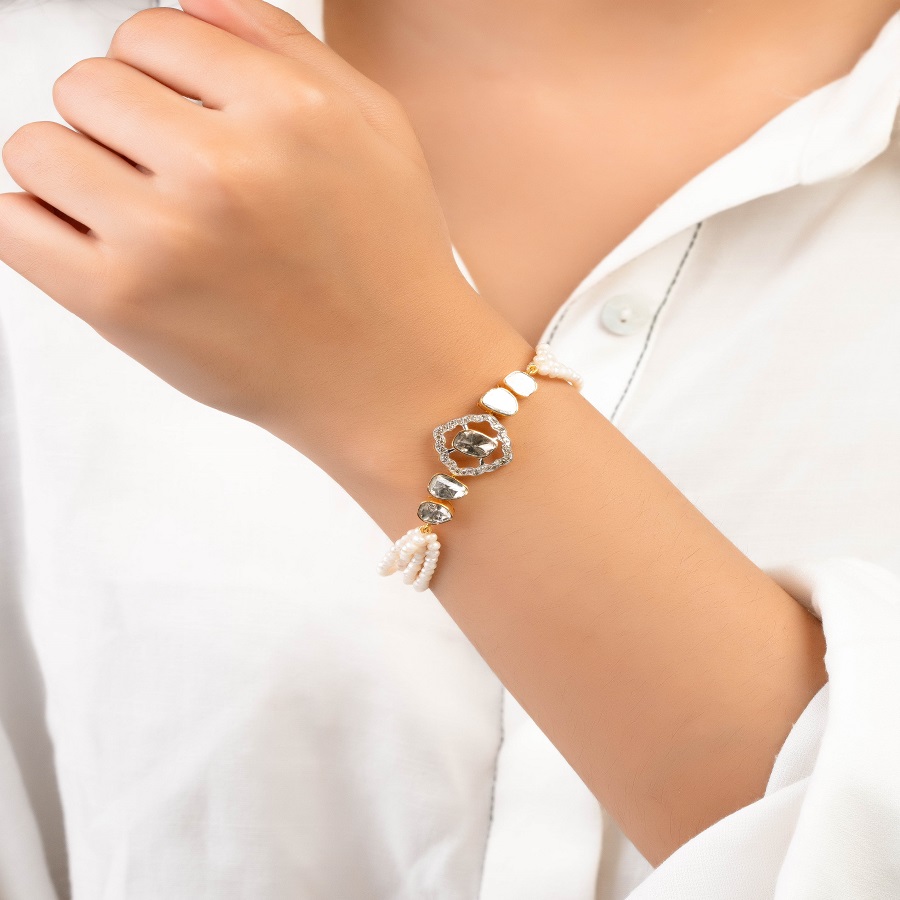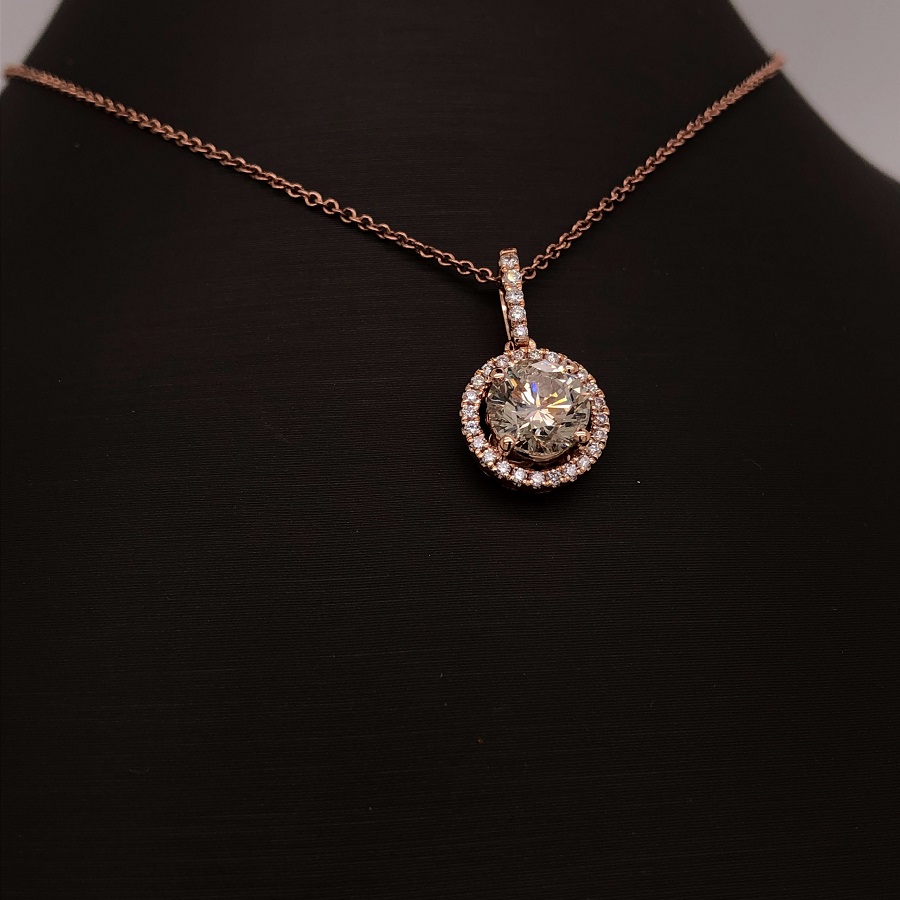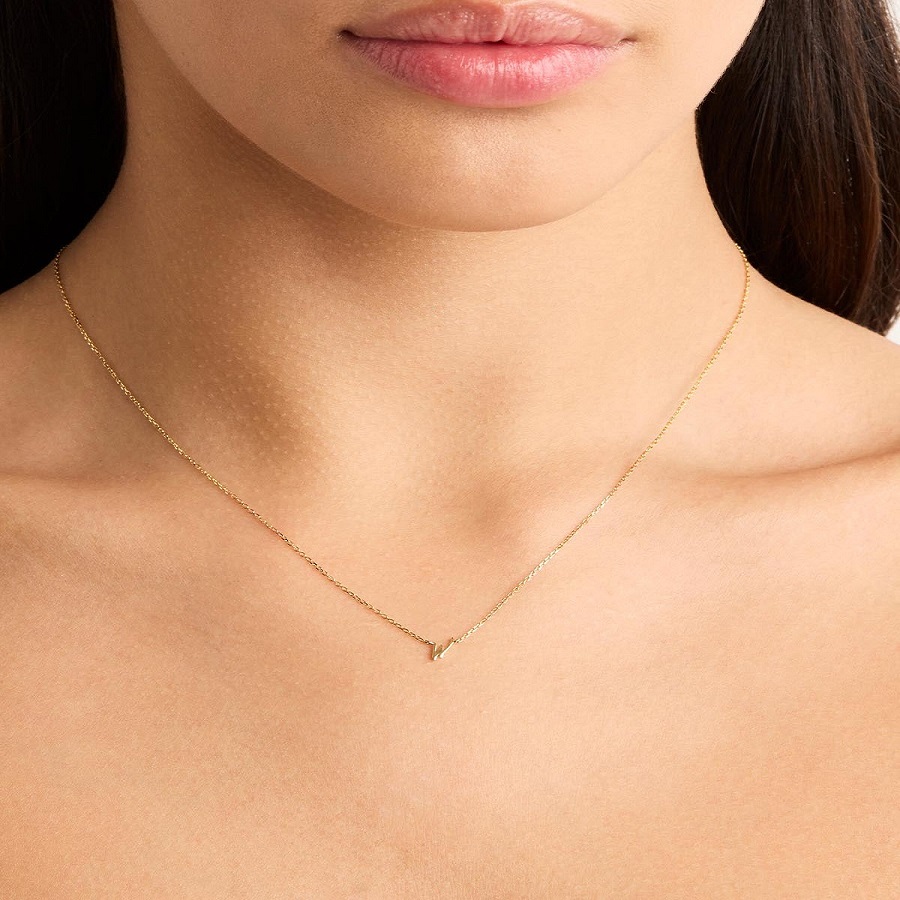Measuring Your Wrist for the Perfect Bracelet Fit – how loose should a bracelet be
How loose should a bracelet be – Finding your wrist size is the first step to ensure a bracelet fits well. To measure your wrist, you need a flexible tape measure — sewing tape works best. If you don’t have one, use something like string or paper. Make sure it’s not too tight around your wrist. Mark where the ends meet. This is your wrist’s circumference. Women’s bracelets usually range from six to eight inches. Yet, the perfect size varies with the bracelet style.
Wrap the measuring tool snugly, leaving little space between the wrist and the tool. Mark where it overlaps. Measure this length against a ruler. Add half an inch to one inch for a comfortable fit, depending on the bracelet type. Record your measurement.
Every bracelet style fits differently. You put on cuff bracelets with a slit for your wrist, so they need a closer fit. For these, match your wrist size exactly. Measure above the wrist bone to avoid slippage. Tennis bracelets should be a bit looser, letting you slip a finger underneath. Bangles are the loosest. They should slide over your hand with ease. Remember to measure over the widest part of your hand for bangles. Chain bracelets have a similar fit to tennis bracelets, with enough room for slight movement.
Measuring your wrist correctly is crucial for a bracelet that looks good and feels right. A well-fitted bracelet can enhance your style without discomfort. Taking time to measure properly will make sure your bracelet fits ‘like a glove’ and stays secure. Always account for the bracelet style when choosing your fit.
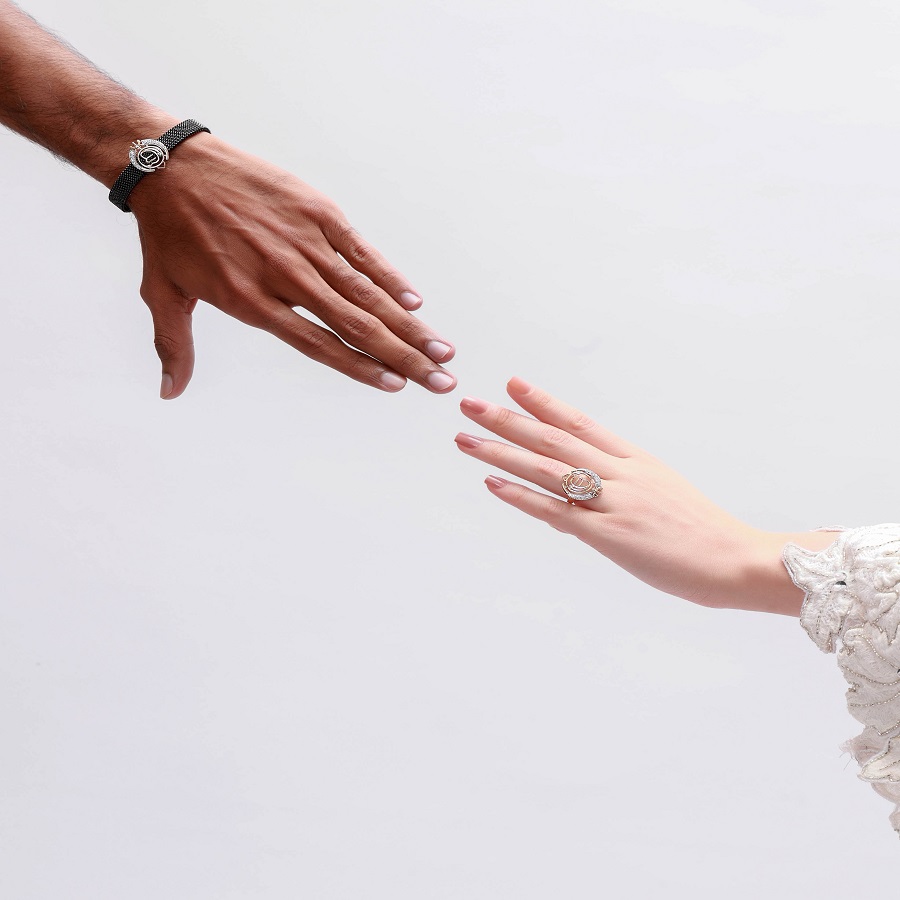 Understanding Different Bracelet Styles and Their Ideal Fit – how loose should a bracelet be
Understanding Different Bracelet Styles and Their Ideal Fit – how loose should a bracelet be
Cuff Bracelets: A Guide to Sizing and Wear
For a cuff bracelet, the right size is crucial. It must fit closely, without being too snug. As they lack clasps, ensure they match your wrist size directly. Measure just above your wrist bone for accuracy. This prevents it from slipping over your hand unexpectedly.
Tennis Bracelets: Ensuring Comfort and Elegance
Tennis bracelets should have a relaxed fit. You should be able to place a finger under the bracelet easily. This fit allows the bracelet to move slightly, catching the light and enhancing its sparkle. Remember, too tight a fit may lead to discomfort or damage.
Bangles: Striking the Right Balance Between Loose and Fitted
Bangles usually fit more loosely than other bracelets. Aim to fit at least two fingers under the bangle for the ideal gap. Yet, it shouldn’t be so loose that it risks falling off. Measure over your hand’s widest part to find the perfect bangle size.
Chain Bracelets: Optimal Fit for Movement and Security
When fitting a chain bracelet, room for movement is key. It should never be so tight that it hinders wrist motion. Allow enough space to slip a finger in between your wrist and the chain. This ensures comfort without risking the bracelet slipping off.
The Role of Personal Style in Determining Bracelet Fit
Your personal style plays a huge part in deciding how loose a bracelet should be. Think about the look you want. Do you prefer a snug bracelet that says chic elegance? Or do you go for a relaxed vibe with a looser fit? Personal taste matters when you choose. You might like the feel of a bracelet that moves freely. Or, you might pick one that stays put.
When picking based on style, consider these points:
- Your daily activities. A tighter fit works better if you’re active.
- The statement you want to make. A loose bangle clinks and catches the eye.
- Mix and match. Layer different fits for an interesting look.
Remember, personal style is about what feels right to you. While you want the bracelet to fit well, it should also reflect your fashion sense. Also, consider the type of bracelet. Is it a cuff that needs to fit snugly? Or a tennis bracelet that should drape gently?
In the end, choose a fit that matches your style and the bracelet’s design. This will ensure both comfort and style. You will enjoy wearing your bracelet more when it feels like a part of you.
Tips for Measuring and Adjusting Bracelet Sizes at Home – how loose should a bracelet be
When picking the right bracelet size from home, a few simple steps can help. You will need a flexible measuring tape or a string and a ruler. Here are some pointers:
- Wrap the tape or string around your wrist, just above the wrist bone.
- Mark the point where the tape or string meets. Use a ruler to find your wrist’s size.
- Add about half to one full inch to your wrist size. This accounts for your preferred fit based on the bracelet style.
- For cuffs and bangles, measure over your hand at its widest part.
To adjust a bracelet’s size at home:
- For chain bracelets, use pliers to remove or add links. But, be cautious and gentle. You don’t want to damage the bracelet.
- Use extenders for bracelets if they’re too short. These attach to the existing clasp to lengthen the chain.
- For bracelets that are too large, you may need to visit a jeweler to remove excess links.
Remember, comfortable fit is key. A bracelet should feel snug but not tight. It needs room to move, but not so much that it falls off. By carefully measuring and adjusting, your bracelet will fit well and look great.
The Importance of Adjustable and Custom Fit Options in Bracelets
Adjustable and custom fit options are key when buying bracelets. They allow for a fit that matches your wrist perfectly. With adjustable options, you can change the length of the bracelet to suit your comfort. You can avoid bracelets that are too tight or too loose. This means your bracelet will feel good and look right at all times.
Custom fit options are also valuable. They make sure your bracelet is unique to your size. A perfect custom fit keeps your bracelet secure. It won’t twist too much or slip off your wrist. Custom sizing is great for gifts, as you can ensure a good fit without guessing.
Bracelets with adjustable or custom options offer many benefits. They give a personal touch and ensure long-term comfort. Whether it’s chains, bangles, or cuff styles, getting the right fit matters. Look for bracelets with clasps that adjust or jewellers who can alter sizes.
With the right fit, you can wear your bracelet with confidence. It will stay in place throughout the day. Enjoy your jewelry without worrying about it being too snug or too loose. Always make sure to measure first. Then find options that give you the comfort you need with the style you love.
Ensuring Everyday Comfort: How to Choose a Bracelet for Daily Wear
Choosing a bracelet for everyday wear needs careful thought for comfort and practicality. Here are tips:
- Consider Your Daily Activities: Pick a bracelet that won’t get in the way. For desk work, avoid bulky bracelets.
- Go for a Secure Fit: Look for a bracelet that fits snugly but allows for slight movement. It shouldn’t restrict motion.
- Opt for Durability: Select materials that last, like solid gold or stainless steel, for daily use.
- Test the Fit: Before buying, try on the bracelet. It should feel right and stay put.
- Choose Adjustable Options: These let you fine-tune the fit and adapt to changes in wrist size over time.
- Think about the Clamp: A strong clasp is essential. It keeps your bracelet safe on your wrist.
- Mind the Weight: Lighter bracelets are more comfortable for long wear. Check the weight before you choose.
When selecting a bracelet for daily wear, remember the key is a balance between style and comfort. A well-chosen bracelet complements your look and is a joy to wear all day. Bracelets that are adjustable or stretch can provide an ideal fit for daily wear, as they offer flexibility and ease of use. Bangles and cuffs might offer a bolder statement, but ensure they are of a size that won’t slip off easily and are comfortable for long-term wear. Measure your wrist following the guidelines and consider the bracelet type when making your choice. With the right fit, your bracelet will feel like a natural extension of your personal style, adding a touch of elegance without sacrificing comfort.
Protecting Your Investment: The Value of Insuring Your Bracelets
When you find that perfect bracelet, protecting it is critical. Whether it’s a chic cuff or a shimmering tennis bracelet, these pieces often carry both financial and sentimental value. That’s where bracelet insurance comes in. It’s not just a safety net—it’s an investment in peace of mind.
Why Insure Your Bracelet? – how loose should a bracelet be
- Risk of Loss or Theft: Bracelets are easy to misplace or can fall off. Insurance can cover loss or theft.
- Protection from Damage: Daily wear exposes bracelets to potential damage. Insurance helps repair or replace damaged pieces.
- Sentimental Value: Some bracelets are irreplaceable. Insurance offers financial support when the sentimental cannot be recovered.
Before Insuring: – how loose should a bracelet be
- Get an Appraisal: Know the bracelet’s value. An appraisal gives a clear picture for insurance purposes.
- Choose the Right Policy: Look for jewelry-only policies. They might offer better terms than homeowners’ policies.
Policy Benefits:
- Personalized Coverage: You can choose deductible levels for your budget and needs.
- Standalone Security: Jewelry policies don’t affect your other insurance claims. Keep your homeowners’ policy separate.
Taking Action:
To insure your bracelet, start by getting a quote. Look at different insurers. Compare their coverage options and costs. Once you have insurance, you can wear your bracelet with confidence, knowing it’s protected.
Remember, insuring your bracelets ensures that they remain not just elegant accessories, but cherished belongings for years to come. Measure your wrist, find your style, and secure your investment for enduring comfort and elegance.
